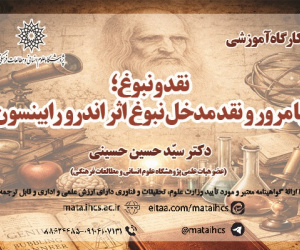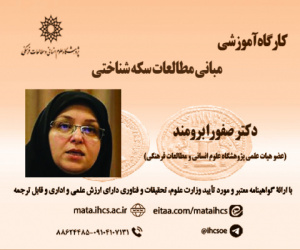Cultural Influences in Political Discourse: A Comparative Study of U.S. Presidents and European Leaders (مقاله پژوهشی دانشگاه آزاد)
درجه علمی: علمی-پژوهشی (دانشگاه آزاد)
منبع:
international Journal of Foreign Language Teaching & Research, Volume 13, Issue 52, Spring 2025
حوزههای تخصصی:
شماره صفحات:
۱۲۳ - ۱۳۴
دریافت مقاله
تعداد دانلود :
۱۰۲









